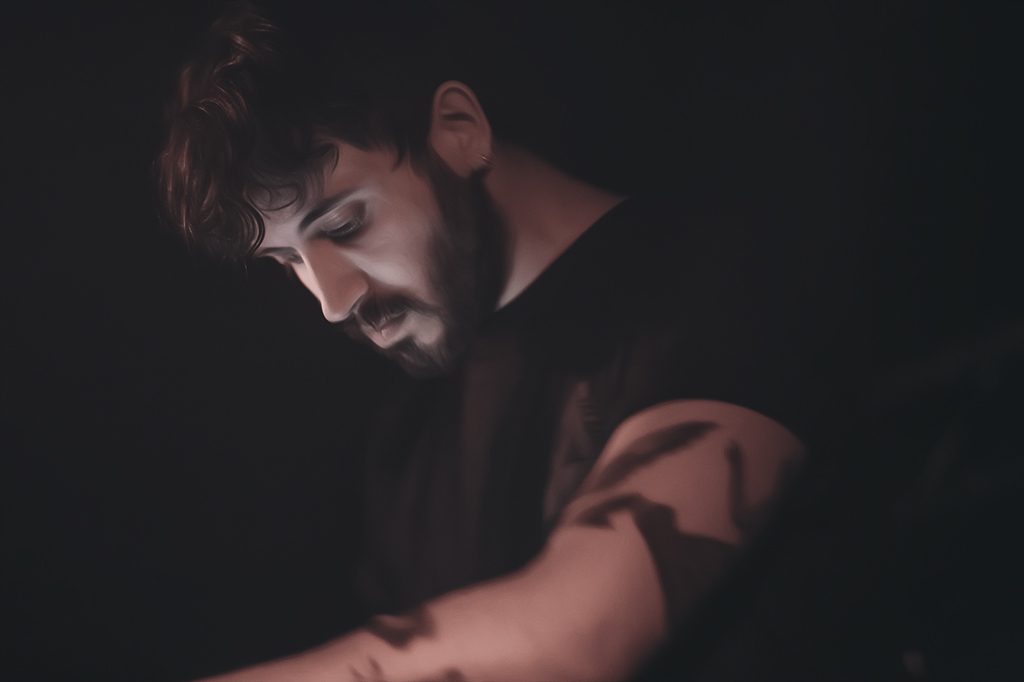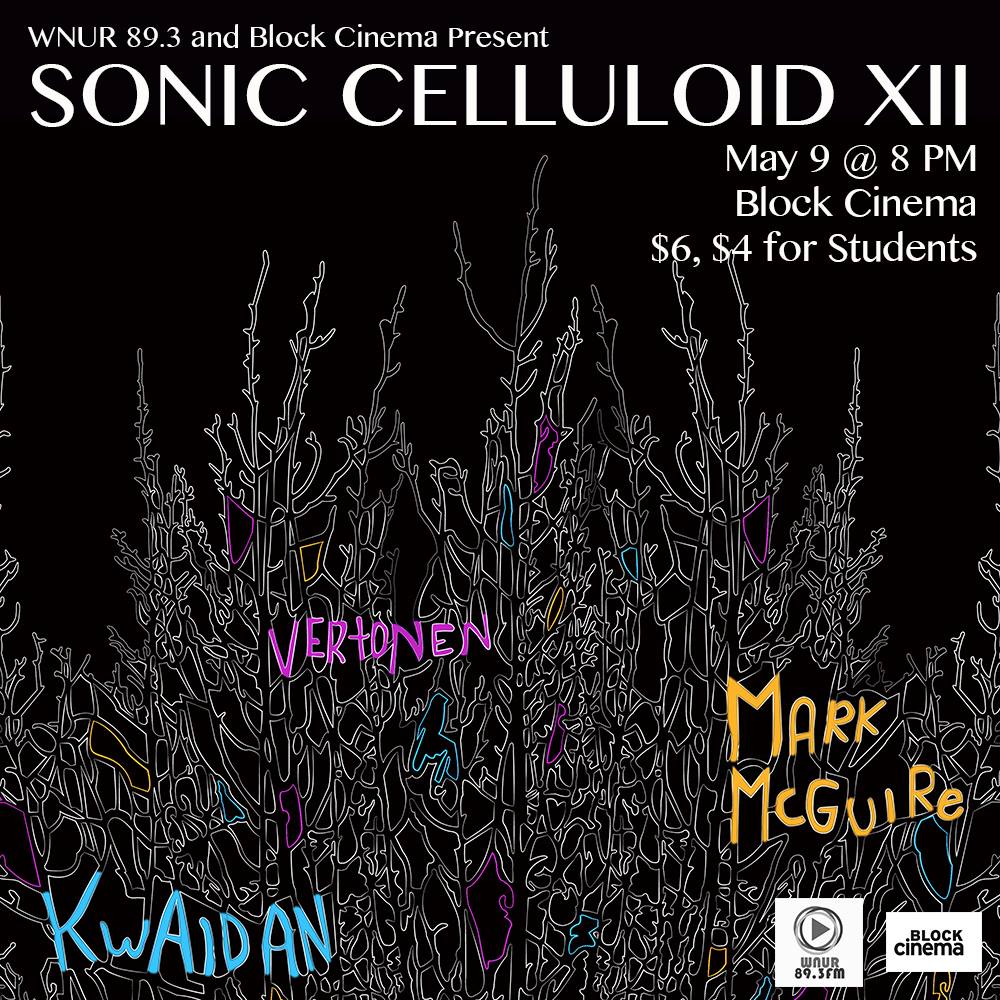
[fusion_builder_container hundred_percent=”yes” overflow=”visible”][fusion_builder_row][fusion_builder_column type=”1_1″ background_position=”left top” background_color=”” border_size=”” border_color=”” border_style=”solid” spacing=”yes” background_image=”” background_repeat=”no-repeat” padding=”” margin_top=”0px” margin_bottom=”0px” class=”” id=”” animation_type=”” animation_speed=”0.3″ animation_direction=”left” hide_on_mobile=”no” center_content=”no” min_height=”none”]
Filled with a gorgeous mix of brooding bass and sulky rumbles, The Haxan Cloak show at Chicago’s Lincoln Hall last Wednesday was quite the immersive tour through producer Bobby Krlic’s bone-chilling soundscapes. An otherworldly performance, the sparse crowd was a bit of a disappointment, but somehow the empty space also added an appropriate sense of alienation to the experience. And as “isolation” is the big buzzword surrounding his most recent release, 2013’s Excavation, there was something gratifying about floating amongst the pockets of black-clad Chicagoans, swaying to the echoes of haunted drones and ominous rumbles.
Serving as an opener was local act Kwaidan, a doldrums-flecked trio who also specialize in stewy buzz and ghoul-ridden whispers. An impressive act in their own right, they provided a satisfying taste of drone-y demise in preparation for the impending spook-filled storm.
Krlic’s brand of all-encompassing doom is gorgeous in its simplicity, an incredible achievement when one considers how expansive his intricate soundscapes feel. Krlic’s dirges seem incredibly straightforward, simplistic even, as all his work can be boiled down to a similar series of rumbling bass beats accented by the occasional guzzling burble or echoey reverb effect. But it’s striking how multifaceted he can make even the most repetitive sequence of tones sound. When the bass is deep enough to rock a room, it’s typically a sign that I’m already far too drunk and at an event where sonic appreciation isn’t exactly at the top of my priority list. But this instance of vibrating ribs was obviously more breathtaking than booty-shaking.
Crafting an absorbing purgatorial soundspace, the entire show was akin to some billowing misadventure through an imagined land of foggy, pitch black gloom. It was brilliant “explore your swirling headspace” music, the kind that forces you to make that ugly face of grim concentration and contemplate what kind of impending shitstorm awaits you in the real world. Seeing Krlic live is like being bludgeoned in the head and waking up in a fantastical reality that somehow manages to be simultaneously thrilling, terrifying and thought-provoking. A mesmerizing experience for the introspective and imaginative that’s worth every single show ticket cent.[/fusion_builder_column][/fusion_builder_row][/fusion_builder_container]



